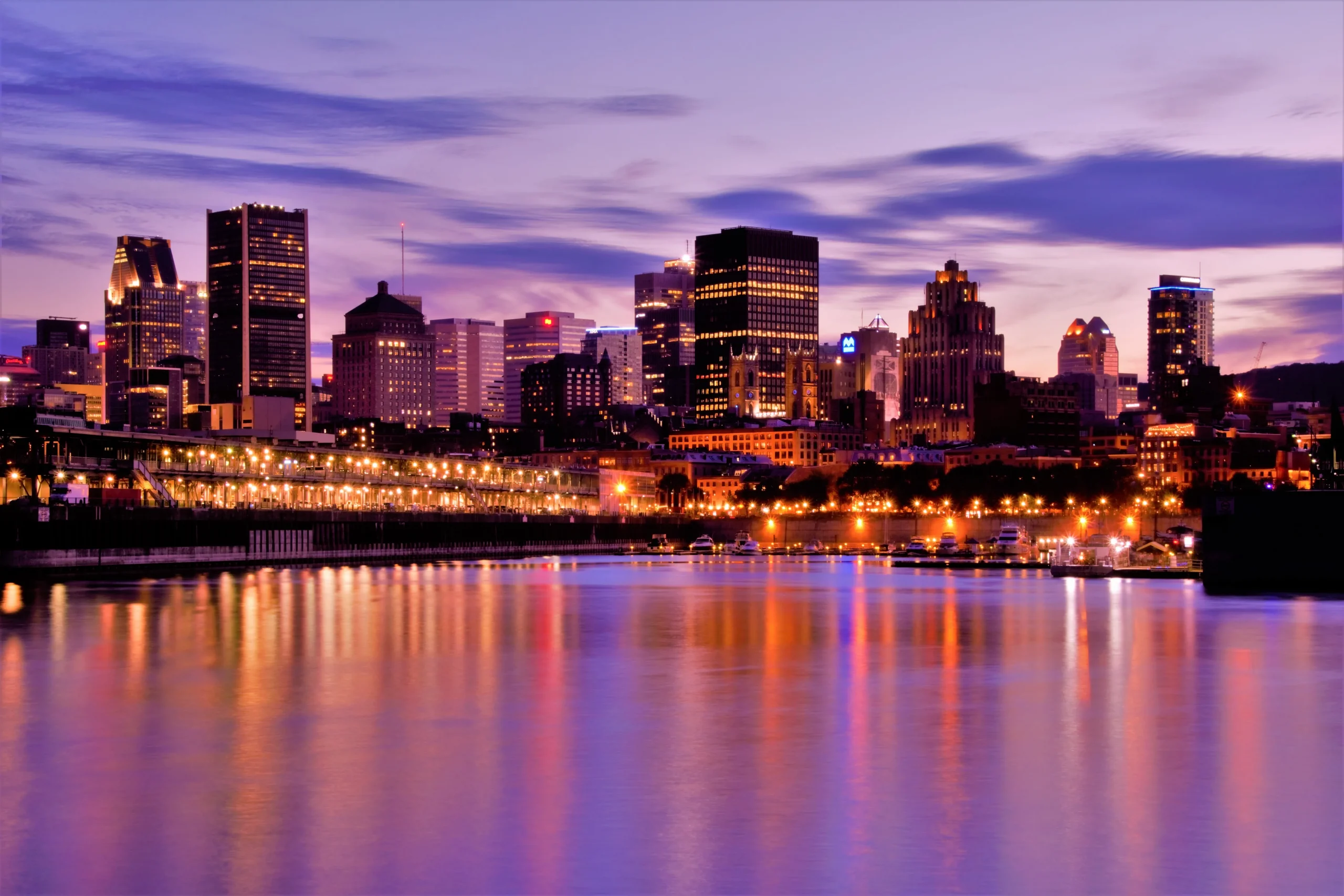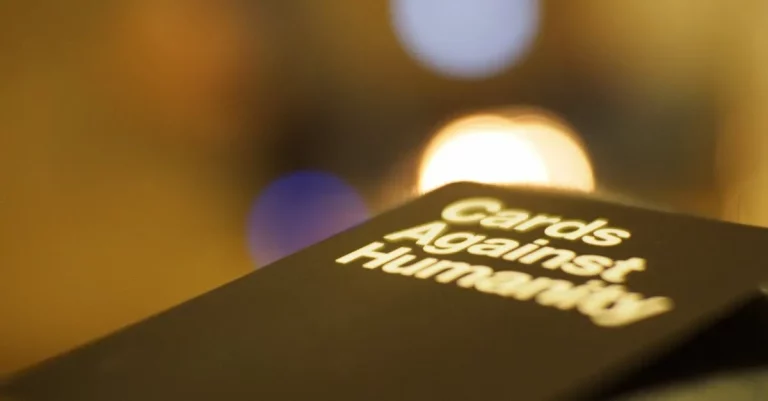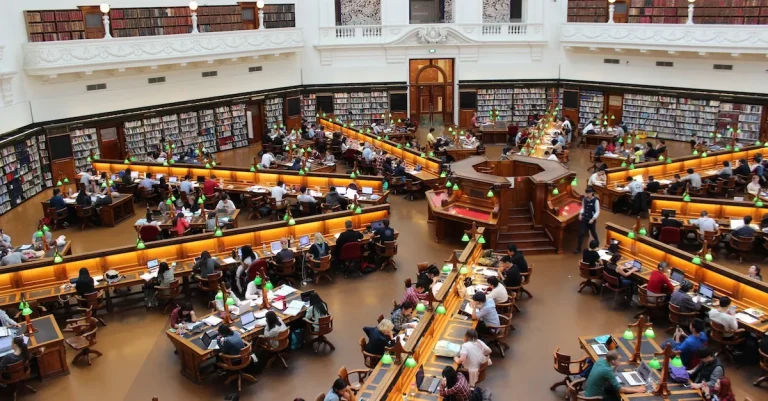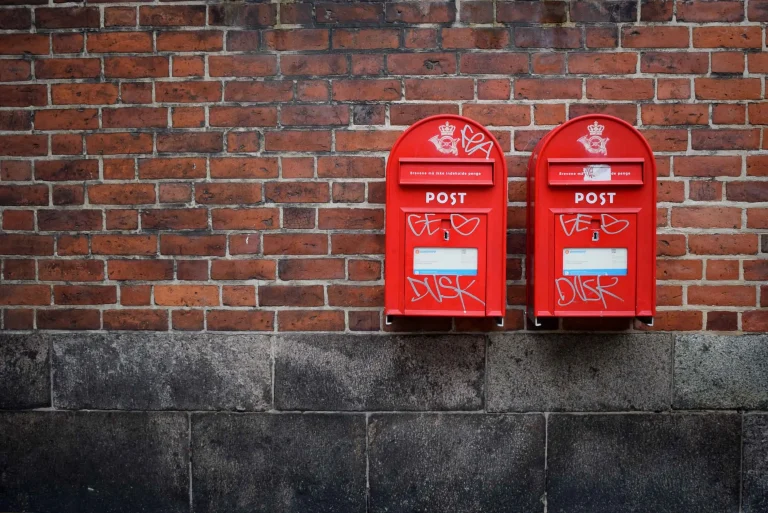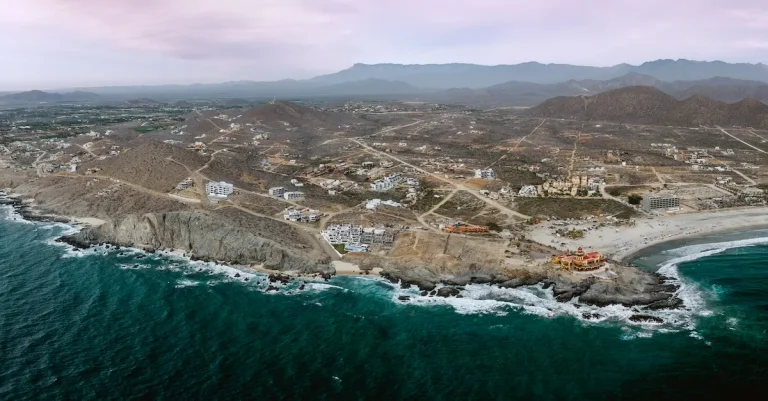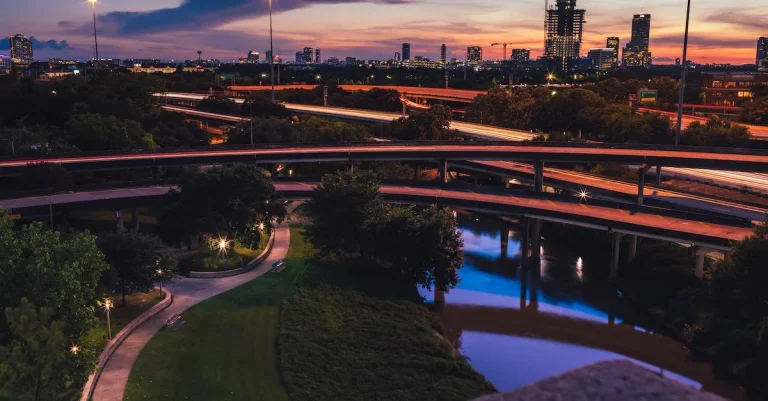The Ultimate Guide To Driving From New York To Montreal
With its European flair and lively festivals, Montreal entices many road trippers from New York. The drive takes around 8 hours to complete, making it an easy weekend getaway.
If you’re short on time, here’s a quick answer: The fastest route from NYC to Montreal primarily uses I-87 N and I-89 N. Plan for the border crossing, have your paperwork ready, and stop in scenic towns like Lake Placid along the way.
This comprehensive guide covers everything you need to know to drive from New York City to Montreal. You’ll learn about optimizing your route, preparing your documents, finding fun stops, and crossing the Canadian border smoothly.
Planning Your Driving Route from New York
When embarking on a road trip from New York to Montreal, it is important to plan your driving route in advance. This will ensure a smooth and enjoyable journey. Here are some options for planning your driving route:
The Fastest Route
If you prefer to reach your destination quickly, the fastest route from New York to Montreal is via Interstate 87. This highway takes you through the beautiful Adirondack Mountains and offers stunning views along the way.
The total driving time for this route is approximately 6 hours, depending on traffic conditions.
Alternative Scenic Routes
If you’re in the mood for a more scenic drive, there are alternative routes that will take you through charming towns and picturesque landscapes. One such route is taking the Taconic State Parkway to Interstate 90, then crossing into Vermont and driving north on Route 7.
This route allows you to explore the scenic beauty of Vermont and experience the charm of small towns like Manchester and Burlington.
Another scenic option is to take Route 9N through the picturesque Hudson Valley, where you can stop and visit historic sites such as West Point Military Academy and the Franklin D. Roosevelt National Historic Site.
From there, you can continue on Route 9 into the beautiful Lake Champlain region before crossing the border into Canada.
Where to Stop Along the Way
There are several interesting places to stop and explore along the way from New York to Montreal. One popular stop is Lake George, known for its crystal-clear waters and scenic beauty. You can take a boat tour, go hiking in the surrounding Adirondack Mountains, or simply relax on one of the many beaches.
Another must-visit destination is the charming town of Burlington, Vermont. Located on the shores of Lake Champlain, Burlington offers a vibrant arts scene, delicious farm-to-table cuisine, and a variety of outdoor activities such as biking along the waterfront or exploring the nearby Green Mountains.
As you approach Montreal, make sure to take some time to explore the beautiful city of Quebec. With its cobblestone streets, historic architecture, and European charm, Quebec is a destination in itself.
Don’t miss the opportunity to visit the iconic Chateau Frontenac, stroll through Old Quebec, and indulge in some delicious French-Canadian cuisine.
Remember, whether you choose the fastest route or opt for a more scenic drive, planning your driving route in advance will ensure a memorable road trip from New York to Montreal. So buckle up, hit the road, and enjoy the journey!
Crossing the Canadian Border by Car
Documents Needed
When driving from New York to Montreal, it is essential to have the necessary documents to cross the Canadian border smoothly. The most important document you will need is a valid passport. Make sure your passport is not expired and has at least six months of validity remaining.
Additionally, if you are from a country that requires a visa to enter Canada, ensure that you have obtained the appropriate visa before your trip.
Note: If you are a U.S. citizen, you do not need a visa to enter Canada, but having a valid passport is still mandatory.
Declaring Goods and Purchases
When crossing the Canadian border, it is crucial to be aware of the rules regarding the declaration of goods and purchases. Canada has specific regulations regarding the importation of certain items, such as alcohol, tobacco, firearms, and food products.
It is essential to familiarize yourself with these regulations beforehand to avoid any issues at the border.
Pro Tip: To ensure a smooth crossing, it is recommended to declare all goods and purchases, even if they are within your personal exemption limits. It’s better to be safe than sorry!
Managing Border Wait Times
Border wait times can vary depending on the time of day, day of the week, and season. To manage border wait times effectively, consider the following tips:
- Plan your trip to avoid peak hours and weekends, as these tend to have longer wait times.
- Use technology to your advantage by checking real-time border wait times online or through smartphone apps.
- Consider using designated NEXUS lanes if you are a member of the NEXUS program, which offers expedited clearance for pre-approved low-risk travelers.
Did you know? According to the U.S. Customs and Border Protection website, the busiest land border crossing between the U.S. and Canada is the Ambassador Bridge in Detroit, Michigan, with an average of 10,000 trucks crossing daily.
For more information on border crossing requirements and wait times, visit the official websites of the Canada Border Services Agency (CBSA) and U.S. Customs and Border Protection (CBP).
Navigating Montreal Once You Arrive
Montreal is a vibrant and bustling city with plenty to see and do. Once you arrive at your destination, it’s important to know how to navigate the city efficiently. Here are some tips on how to get around Montreal:
Using Parking Garages and Meters
Montreal has a number of parking garages and metered parking spots available throughout the city. If you’re planning on driving around Montreal, it’s a good idea to familiarize yourself with the parking options in the area you’ll be visiting.
Many parking garages offer hourly or daily rates, while metered parking is usually charged by the hour. Be sure to check the signs and pay attention to any parking restrictions to avoid fines or towing.
Public Transportation Options
Montreal has a well-developed public transportation system, making it easy to navigate the city without a car. The Société de transport de Montréal (STM) operates the city’s buses and metro system, which covers the entire island of Montreal.
The metro system is particularly convenient, with stations located throughout the city. It’s a great way to quickly and efficiently get from one end of Montreal to the other. The STM also offers a variety of fare options, including single rides, day passes, and multi-day passes, making it convenient for both residents and visitors.
Following Road Signs and Limits
When driving in Montreal, it’s important to pay attention to road signs and speed limits. Road signs in Montreal are typically in both French and English, making it easier for non-French speakers to navigate the city.
It’s important to familiarize yourself with common road signs and their meanings, such as stop signs, yield signs, and speed limit signs. Additionally, be aware that speed limits in Montreal are generally lower than in other parts of North America.
The maximum speed limit on most city streets is 50 km/h (31 mph), unless otherwise posted. Adhering to these speed limits and following the rules of the road will help ensure a safe and enjoyable driving experience in Montreal.
For more information on navigating Montreal, you can visit the official website of the City of Montreal: https://montreal.ca/en.
Key Sights and Activities in Montreal
Old Montreal
Old Montreal is a historic neighborhood that offers a glimpse into the city’s rich past. Visitors can stroll along cobblestone streets and admire the well-preserved architecture of buildings dating back to the 17th century.
The iconic Notre-Dame Basilica is a must-visit attraction, with its stunning Gothic Revival architecture and intricate interior design. History buffs will also appreciate a visit to the Pointe-à-Callière Museum, which showcases the city’s archaeological heritage.
Mount Royal Park
Mount Royal Park is a natural oasis in the heart of Montreal. As the city’s largest green space, it offers a variety of recreational activities for visitors to enjoy. Hiking trails wind their way up to the summit of Mount Royal, where you can take in panoramic views of the city skyline.
The park is also home to Beaver Lake, a popular spot for picnicking and paddle boating in the summer, and ice skating in the winter. Nature lovers will appreciate the park’s diverse wildlife and lush vegetation.
Food and Nightlife
Montreal is known for its vibrant food scene, offering a wide range of culinary delights to satisfy every palate. From traditional French cuisine to international flavors, the city is a food lover’s paradise.
Don’t miss trying poutine, a Canadian dish made with french fries, cheese curds, and gravy – a true local favorite. In the evening, the city comes alive with its bustling nightlife. The Quartier des Spectacles is the hub of entertainment, with numerous theaters, concert halls, and bars hosting live performances.
Whether you’re looking for a cozy jazz club or a trendy rooftop bar, Montreal has something for everyone.
For more information about the key sights and activities in Montreal, you can visit https://www.mtl.org/en.
Lodging and Accommodations
Downtown Hotels
For those who prefer the convenience and luxury of staying in a hotel, downtown Montreal offers a plethora of options. From well-known international chains to boutique hotels, there is something to suit every traveler’s needs.
The downtown area is bustling with activity and is the perfect base for exploring the city’s vibrant culture, historic sites, and renowned dining scene. Some popular downtown hotels include the Fairmont The Queen Elizabeth, Le Centre Sheraton Montreal Hotel, and Hotel Bonaventure Montreal.
These hotels offer comfortable accommodations, excellent amenities, and easy access to public transportation.
Vacation Rentals
If you’re looking for a more homely and flexible accommodation option, vacation rentals are a great choice. Websites like Airbnb and VRBO offer a wide range of vacation rentals in Montreal. Whether you’re traveling alone or with a group, you can find apartments, condos, or even entire houses to rent.
Vacation rentals provide the convenience of having your own space, a kitchen to cook your own meals, and often a more affordable option compared to hotels. Additionally, staying in a neighborhood allows you to experience the local culture and immerse yourself in the city.
B&Bs and Hostels
For budget-conscious travelers or those seeking a more intimate and cozy experience, bed and breakfasts (B&Bs) and hostels are excellent choices. Montreal has a variety of B&Bs and hostels scattered throughout the city, offering affordable rates and a chance to meet fellow travelers.
B&Bs provide a personal touch with homemade breakfast and often have unique charm and character. Hostels, on the other hand, offer dormitory-style accommodations and communal spaces for socializing. Some popular B&Bs and hostels in Montreal include the Auberge du Vieux-Port, Le Gîte du Plateau Mont-Royal, and the HI-Montreal Hostel.
Conclusion
A road trip from New York to Montreal offers the perfect weekend escape, with only 8 hours of peaceful driving to reach the Canadian city. Optimizing your route, preparing border documents, and planning Montreal activities ahead will ensure a smooth journey.
By following the tips in this guide, you’ll be ready to hit the road and immerse yourself in Montreal’s lively culture, fascinating history, and joyful spirit. So gas up the car, queue up your playlist, and get ready for an incredible drive from NYC to Montreal!

